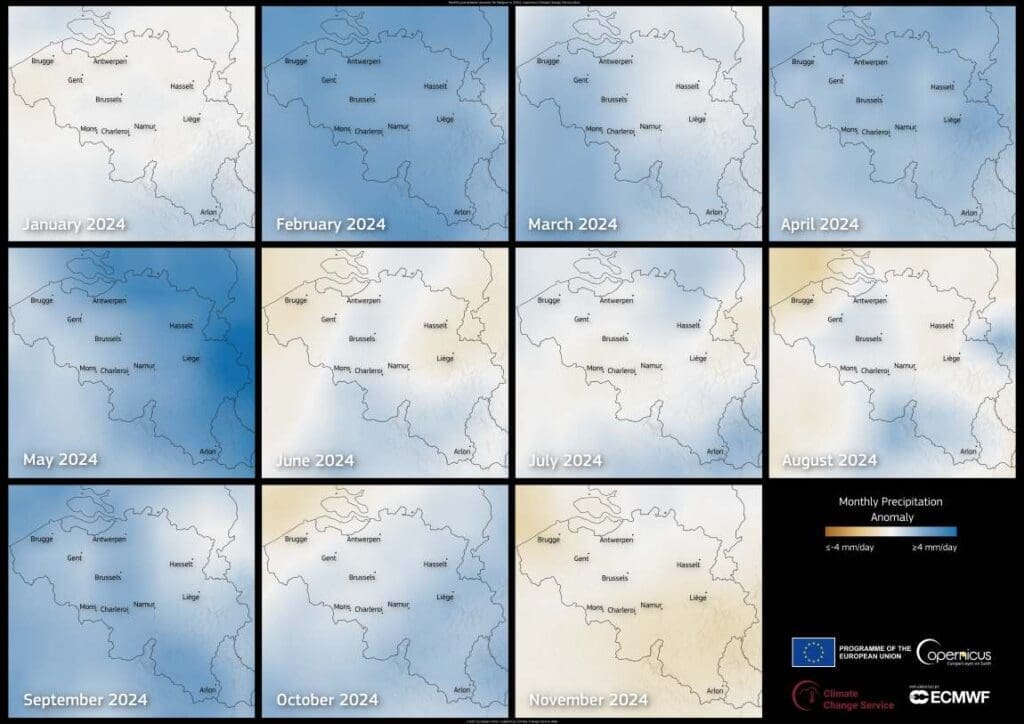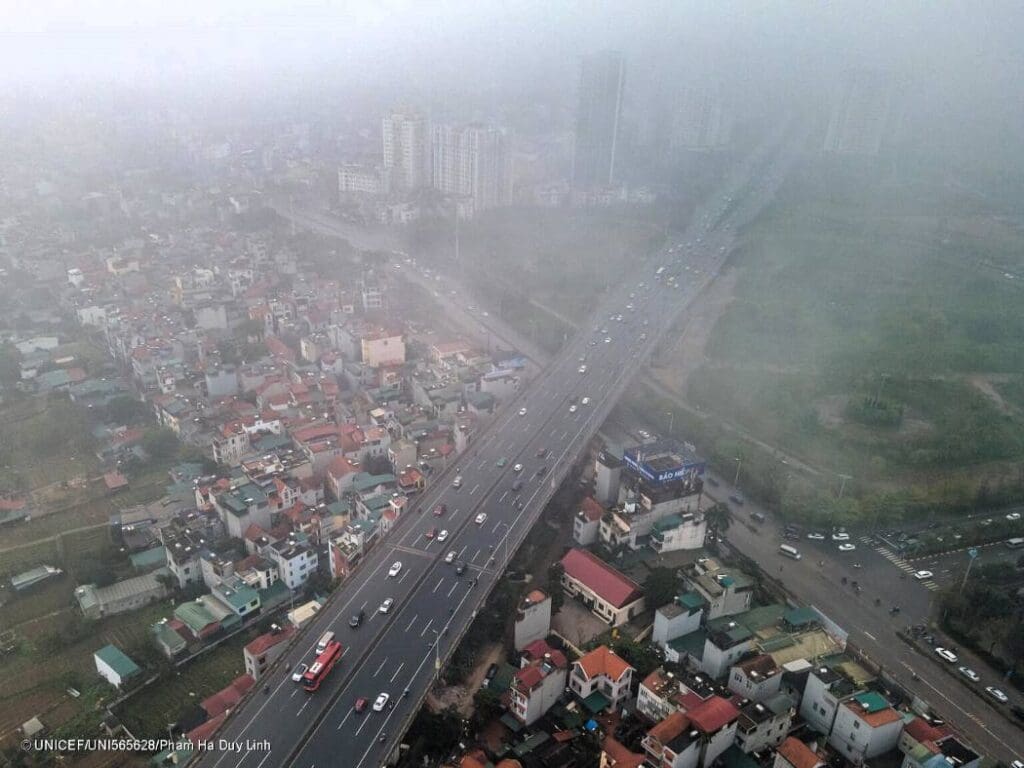Once the world’s largest iceberg, Iceberg A23a has begun to fragment as it drifts north of South Georgia Island in the South Atlantic Ocean. The massive ice mass originally calved from the Filchner–Ronne Ice Shelf in 1986 and became grounded in the Weddell Sea, where it remained stuck to the seafloor for over 30 years. It finally broke free in 2020 and was carried by the powerful Antarctic Circumpolar Current.
By early 2025, A23a had grown into a drifting behemoth of nearly a trillion tonnes, spanning more than twice the size of Greater London. After running aground off South Georgia in March, it dislodged in May and began moving north along the island’s eastern coast. At the end of August, large pieces started breaking away as it entered warmer waters.

On 14 September 2025, one of the Copernicus Sentinel-3 satellites captured this image showing the iceberg fragmenting into numerous smaller sections as it continued drifting away from the island.
According to analysis by the European Union Earth observation programme Copernicus, A23a is now less than half its original size but still spans about 1,770 square kilometres, with a width of 60 kilometres at its broadest point. In recent weeks, chunks as large as 400 square kilometres have broken off, while smaller pieces – many still large enough to pose hazards to vessels – are scattered across the surrounding sea.
“This one’s really big so it has lasted longer and gone further than others,” said Andrew Meijers, a physical oceanographer at the British Antarctic Survey. He added that the iceberg is “breaking up fairly dramatically” and “basically rotting underneath” as warmer waters and powerful waves accelerate its disintegration.
Copernicus open data has been essential in tracking the movement of A23a and other large ice masses, helping scientists monitor how Antarctic icebergs behave as they leave the polar environment and drift into the open ocean.
Featured image credit: European Union, Copernicus Sentinel-3 imagery



